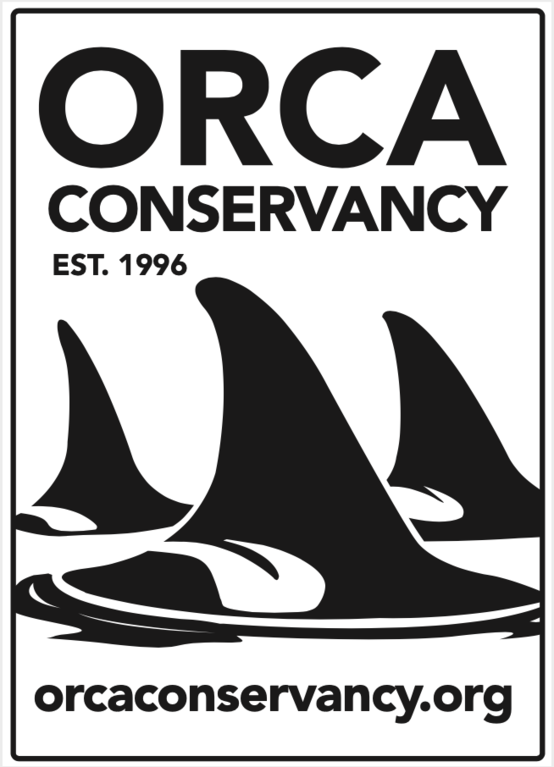Orca baby spotted among resident Puget Sound killer whales!
 Posted on September 7, 2014 | “It was a thrill to see it! Our passengers were so excited. We didn’t discover it, but happened to have the camera pointed in the right spot at the right time,” said Capt. James Maya of Maya’s Westside Whale Charters on having spotted the baby orca in photo below.
Posted on September 7, 2014 | “It was a thrill to see it! Our passengers were so excited. We didn’t discover it, but happened to have the camera pointed in the right spot at the right time,” said Capt. James Maya of Maya’s Westside Whale Charters on having spotted the baby orca in photo below. It’s great news for the beleaguered resident killer whales: A baby was spotted Saturday in Puget Sound waters! (H/T Candace Calloway Whiting)The Center for Whale Research confirmed the birth Saturday in their Facebook post:
It’s great news for the beleaguered resident killer whales: A baby was spotted Saturday in Puget Sound waters! (H/T Candace Calloway Whiting)The Center for Whale Research confirmed the birth Saturday in their Facebook post:
Yeah! Great news! We finally have new calf in L pod. L86 was seen today by CWR staff with a brand new calf who will be designated L120. This is the first new calf in the SRKW population since 2012.
 While there have been record sightings of transient killer whales, the local resident whales have been in decline.The Associated Press reported last weekend:
While there have been record sightings of transient killer whales, the local resident whales have been in decline.The Associated Press reported last weekend:
With two new deaths this year and no new calves since 2012, the population of endangered killer whales in the Puget Sound continues to decline.The number of whales in J, K and L pods has dropped to 78, a level not seen since 1985, According to a census by the Center for Whale Research. Adding to the concerns, the whales appear to be “splintering” from their pods, which are their basic social groups.Since 1976, Ken Balcomb of the research center has been observing the Puget Sound orcas, or Southern Residents as they’re known among scientists. Balcomb compiles an annual census of the population for submission to the federal government.Historically, all three pods of orcas have come together in the San Juan Islands during summer months, often feeding and socializing in large groups, Balcomb noted. But for the past few years, the pods have divided themselves into small groups, sometimes staying together but often staying apart.“What we’re seeing with this weird association pattern is two or three members of one pod with two or three from another pod,” Balcomb said. “It’s a fragmentation of the formal social structure, and you can see that fragmentation going further. They are often staying miles and miles apart and not interacting.“If we were trying to name the pods now, we couldn’t do it,” he added. “They aren’t associating in those patterns anymore.”
So, the new birth is a relief but the struggle to keep the resident whales intact and viable continues.
